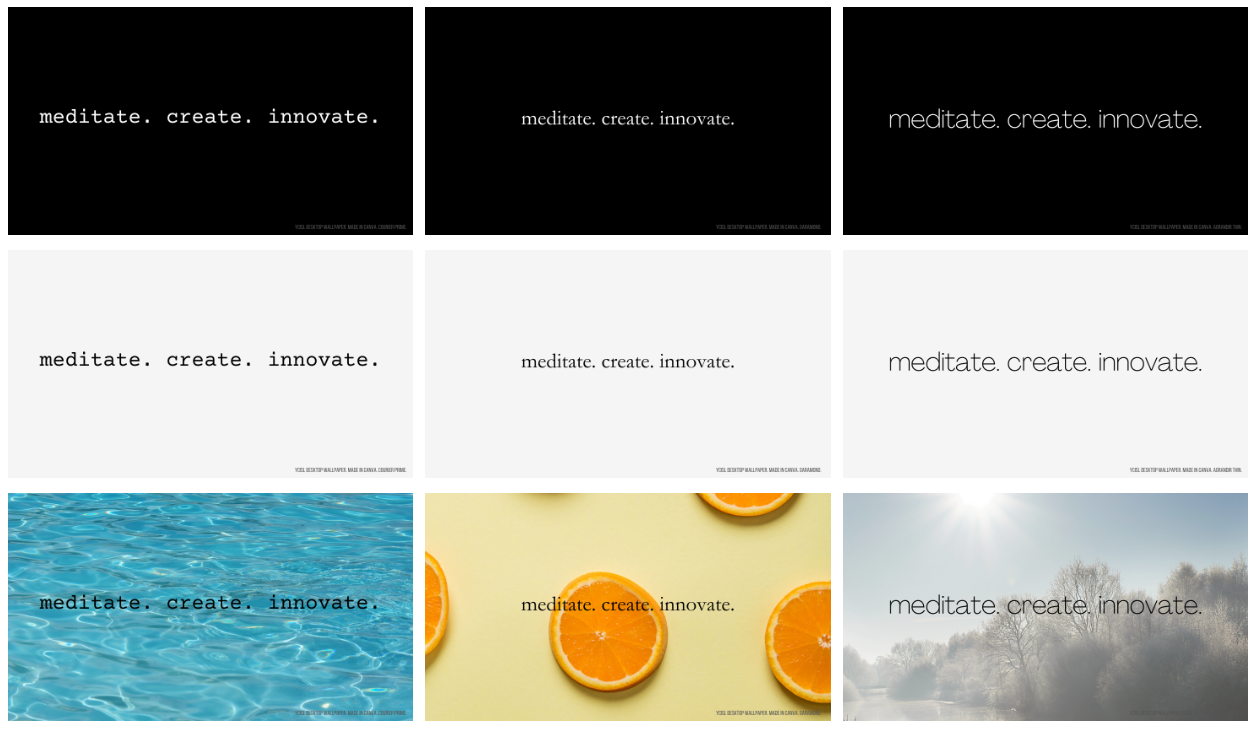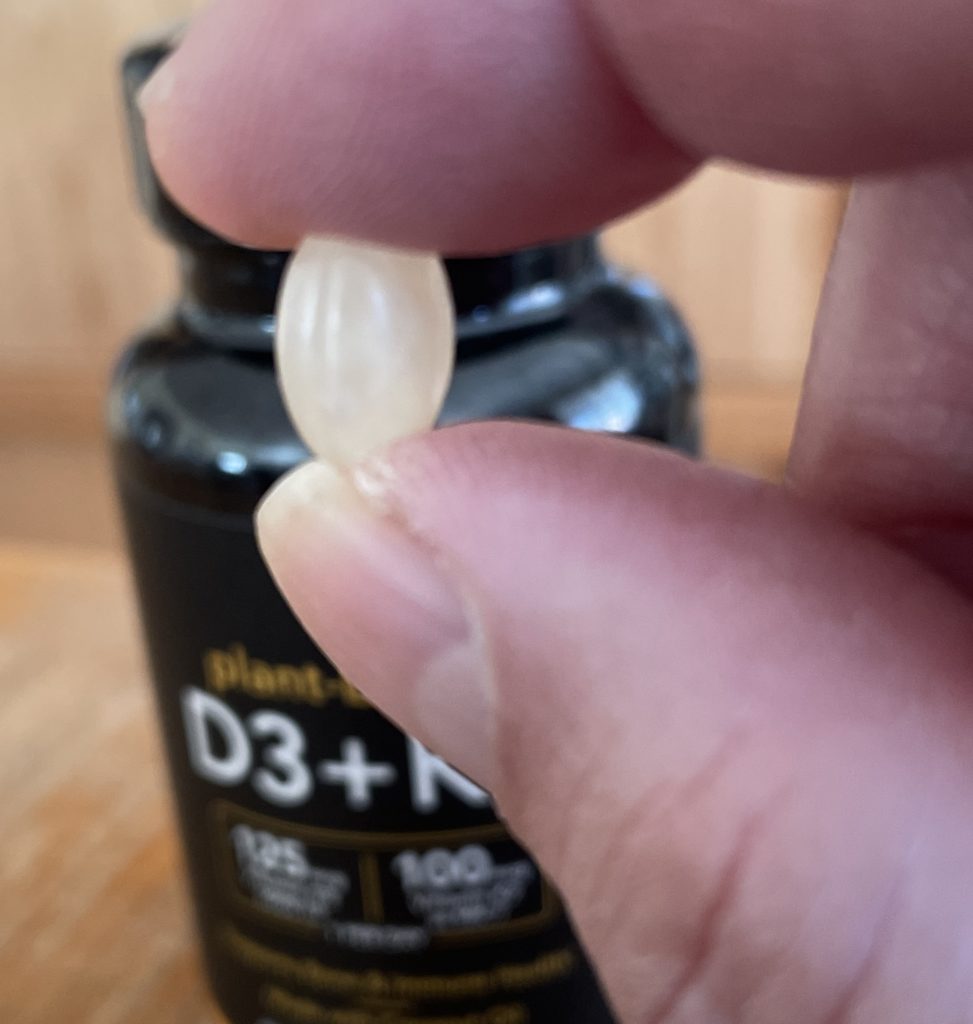Quickstart: Activities for the High School Resume
Sunday, April 30th, 2023 This week, I participated as a volunteer mock interviewer for high school students in Career Technical Education programs offered through the Sequoia Union High School District. I met with 7 students in total that day. We practiced engaging in a discussion about skills and experience as well as reviewing a resume.
This week, I participated as a volunteer mock interviewer for high school students in Career Technical Education programs offered through the Sequoia Union High School District. I met with 7 students in total that day. We practiced engaging in a discussion about skills and experience as well as reviewing a resume.
As I reflect on that experience, one of the main talking points was the listing of interests and activities. This really gets to the core of the YCISL program with the Proof stage representing the high school level of the YCISL leadership objectives. First, let’s list 20 ideas for interests and activities that could be on a high school student’s resume as Proof.
1. Sports (Recreational)
2. Sports (Competitive)
3. Community Service/Volunteer Work
4. Tutoring
5. Clubs
6. Science, Math & Engineering Competition
7. Fundraising
8. Work/Internship/Shadow
9. Music (Individual/Group)
10. Art/Graphics/Photography
11. Drama/Acting
12. Social Media/Blogging/Vlogging
13. Video Production
14. Writing (Technical)
15. Writing (Non-Technical)
16. Journalism/Newspaper/Yearbook
17. Travel
18. Computer Programming
19. Website Design
20. Small Business Entrepreneur
Next, so that any of these interests or activities become a part of your personal story, practice EQ and asking-questions design thinking so that you can include it in your storytelling resume. As an example, one of the students I met at the SUHSD interviews had included an experience where he helped an aunt with a catering business at an event. His resume had only functional points describing his role. We discussed the scene and activity to color the story. We started with Who? What? Where? When? Why? and How? Then I asked about anything particularly memorable or an opportune learning or growth opportunity. Finally, we talked about the emotional senses before, during and after the event to gauge motivation and mindfulness. If we had more time, we probably could have gone deeper to find the hook words, keywords and action words that best represent this experience on the resume.
By this method of developing a mind view, I hope high school students can find more value in their early experiences and discover memorable moments of success and happiness for their personal story.

 I have an idea for a YCISL Divergent-Convergent Thinking Exercise. Along with DCT, this exercise also involves brainstorming, rapid prototyping, fast thinking, design thinking, creativity and eq. We could also add an elevator pitch component with storytelling and your personal story elements.
I have an idea for a YCISL Divergent-Convergent Thinking Exercise. Along with DCT, this exercise also involves brainstorming, rapid prototyping, fast thinking, design thinking, creativity and eq. We could also add an elevator pitch component with storytelling and your personal story elements.


 One of my LinkedIn connections had liked a post that came across my feed. That article referred to an article titled “Dear daughter, sorry we were a bit negative about poly next year” dated March 20, 2023 and written by Jill Lim. Fortunately, an image of the article was included in the LinkedIn article so I could read a slightly blurred version of the article.
One of my LinkedIn connections had liked a post that came across my feed. That article referred to an article titled “Dear daughter, sorry we were a bit negative about poly next year” dated March 20, 2023 and written by Jill Lim. Fortunately, an image of the article was included in the LinkedIn article so I could read a slightly blurred version of the article.